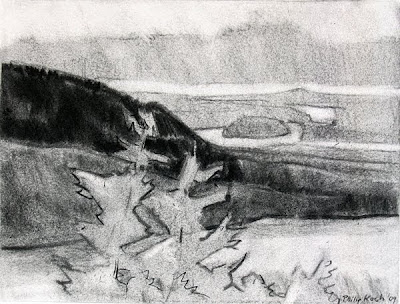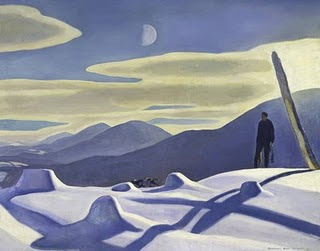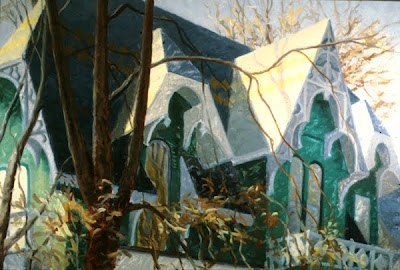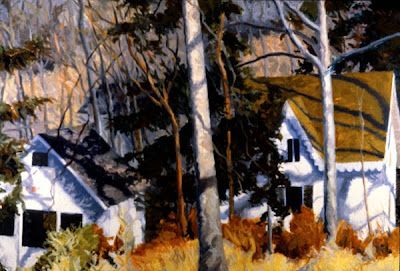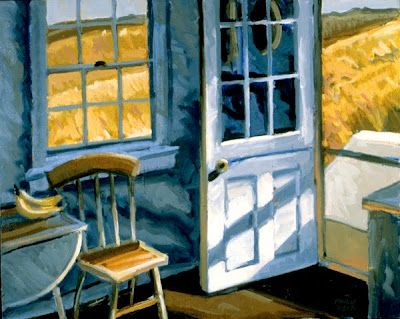The Most Important Painting

Winslow Homer, Stowing Sail, watercolor, 1903 What's your first conscious memory? When I was three my family moved from the house where I spent my first few years. I have a couple dozen images of life in that first house clear in my head. So few memories survive the ravages of time. Maybe the ones that do shine a little brighter as the years march by. One memory that stands out for me is this painting. A framed reproduction of it hung over our couch in the living room where my sisters and I spent countless hours playing on the floor. I remember staring at it often. It's funny but I thought at the time that I wished the painting was more colorful and that the artist should have provided more details so we would know what was going on in the painting. Many years later I got to see the original in the Art Institute of Chicago where it lives. While there are other paintings I love more, none have stayed with me quite like this humble little Homer watercolor. Just like you don'

